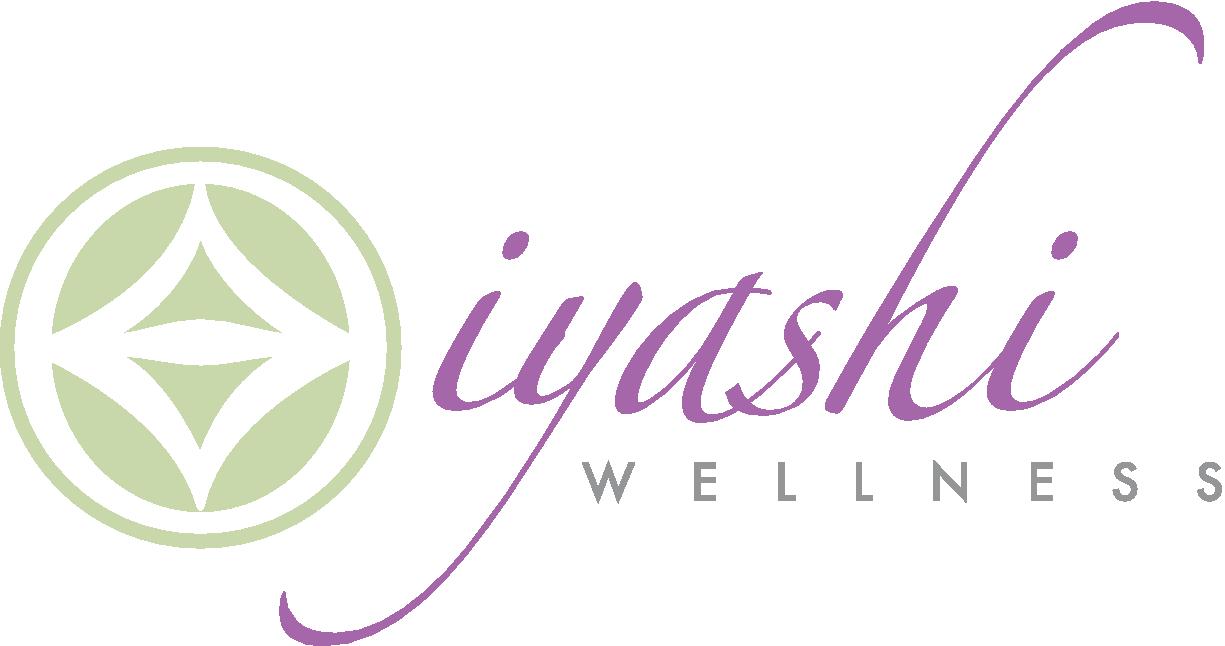This is Part 7 of my 8 Part Series on Healthy, Happy Eating for the Whole Family. Part 1: SAD DIET: ARE YOU OR YOUR CHILDREN EATING ONE? Part 2: THE YIN AND YANG OF SEASONAL EATING. Part 3: HOW TO INCREASE YOUR CHILD’S IQ AND ATTENTION SPAN WITH NUTRITION. Part 4: HOW TO GO GLUTEN FREE AND DAIRY FREE AND HAVE YOUR PIZZA AND ICE CREAM, TOO! Part 5: 4 TIPS ON HOW TO GET A “PICKY EATER” TO EAT. Part 6: THE CALCIUM MYTH: IT’S NOT WHAT YOU THINK Part 8: WHY ASIAN MEDICINE ROCKS FOR CHILDREN!
Asian Medicine recognizes that children have unique bodies and a separate set of common illnesses that are much different than that of adults. In other words, Asian Medicine does not consider babies and children to just be tiny adults, in need of smaller doses of the same kind of foods and herbs as adults. When you understand the ways in which children are most likely to get sick, you’ll understand how ailments such as colic, earache, lack of appetite, sleeping problems, asthma, and even bedwetting may be preventing by avoiding cold or raw foods and emphasizing moist, cooked, nourishing foods.
Let’s explore the ways in which children’s bodies and health conditions differ from adults, some common foods to avoid, and some nourishing foods to include for optimal health.
Weak Digestion and Immature Immune System
While conventional Western Medicine only began to discover that much of our immune system is contained in the gut, and the health of our digestive tract is innately tied to the health of our immune system, Oriental Medicine has acknowledged this for centuries. In addition, Asian Medicine recognizes that infants and children have very weak digestion and an immature immune system.
Foods that have a “cold” energetic property, such as tofu and other soy-derived foods, fruit and fruit juice, cow’s milk dairy products, wheat products, and raw vegetables are difficult to digest, and can damage a weak digestive system if they make up a large percentage of the diet. These foods should never be fed to infants, and they should be minimized in toddlers. Overconsumption of these foods can cause a myriad of digestive disturbances, including lack of appetite, but they can also cause impaired immune function and a tendency to contract frequent colds, ear infections, and other bacterial and viral related ailments.
Condition Can Change Rapidly
Any parent can attest to the fact that children can be fine one minute, and suddenly ill with a cough, runny nose, and high fever the next. Likewise, they can be bouncing off the walls with hyperactivity one instant, and then immediately go to bed and fall asleep! However, the good news is that they typically recover rapidly too. According to Asian Medicine, this phenomenon occurs because children have an abundance of “Yang” energy, lack enough “Yin” energy and have an unusual tendency to contract the energy of “Wind.” (To learn more about Yin and Yang, go here. A layperson friendly explanation of Wind can be found here.)
You can prevent these rapid conditions by providing foods that nourish the Yin and don’t contribute to Wind. Yin nourishing foods include egg yolks, organ meats (especially liver), bone broths, yams, American ginseng root, and lotus root. Foods that can contribute to Wind symptoms include raw veggies, fat-free foods, dry foods, and too much fiber.
All Organ Systems Immature
None of the internal organs in children are considered to be fully mature in Asian Medicine, which is why they are more likely to become ill with acute diseases such as ear infections, sore throats, fevers, and the common cold. Steamed, boiled, stewed, or pureed foods are much easier for their bodies to digest and assimilate than raw foods. If you make a warm, Yang tonifying lamb stew for the family meal, for instance, you can puree the stew in a food processor or blender to make it easier for a toddler to digest and assimilate. For dessert, instead of giving raw fruit, you might try baking or stewing the fruit, and enhancing the flavor with a little cinnamon (a warm spice), goji berries (a Yin nourishing tonic), and unheated local honey (a digestive tonic).
“Ascending” and “Descending” Functions Immature
In Asian Medicine, we are constantly looking at how the energy, or Qi, is flowing throughout the body. And this keen observation is also present in how we see the flow of energies upon interaction with organs. So, in Oriental Medicine, we say the normal flow of energy in the body is descending, i.e. going downwards, for food and liquid entering the stomach, and ascending, i.e. going upwards or to be absorbed, for digested nutrients in the intestines. In other words, when we eat foods and drink liquids, the normal flow of this food and liquid is suppose to go down, from the mouth ultimately to the stomach. Once the foods are digested, the nutrients go through the small intestine, and during this process, the nutrients are expected to “ascend”, i.e. be taken up and absorbed out of the small intestine into the blood and throughout the body. This is how we physicians of Oriental Medicine see as the normal, healthy flow of digestion and absorption. However, in children this can easily become reversed. Emotional stress, the wrong foods, or exposure to other pathogenic factors can cause food and liquid entering the stomach to ascend, resulting in vomiting, or material meant for absorption and digestion to descend, resulting in diarrhea. A home remedy for diarrhea and vomiting with nausea is ginger tea (3 half-inch thick slices of fresh ginger boiled in 4 cups of water for 5 – 10 minutes), mixed with coconut water powder for electrolyte replenishment. When the child is able to eat food again after being sick, choose a cooked, warm food that’s bland in flavor and texture so it will not further injure a sensitive gut. A soothing homemade bone broth, soft-boiled egg, meat pate, or vegetable puree will replace lost nutrition and prevent future illness.
The typical cheese and crackers, peanut butter and jelly sandwich, fruit juice, or cookies will only further injure the digestive tract and immune system, making the child more vulnerable to food allergies and intolerances. So consider providing a more balanced meal to your child that combines cooked proteins and veggies, some form of non-gluten carbs and starch, some sea vegetables like seaweed and hijiki, a little bit of raw fruits and vegetables (less so in the winter months when it’s literally cold), a cup of home made soup, a little bit of healthy fats like avocados, a probiotic like sauerkraut or natto, and of course, the occasional treat that every child loves and deserves 🙂

